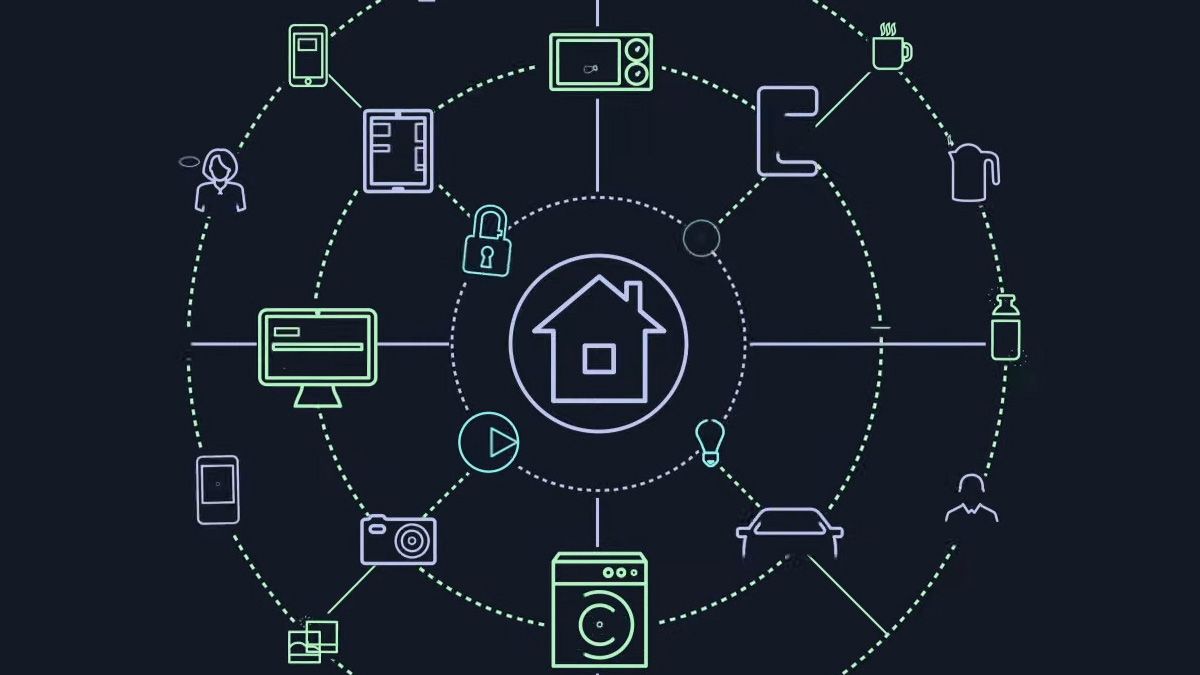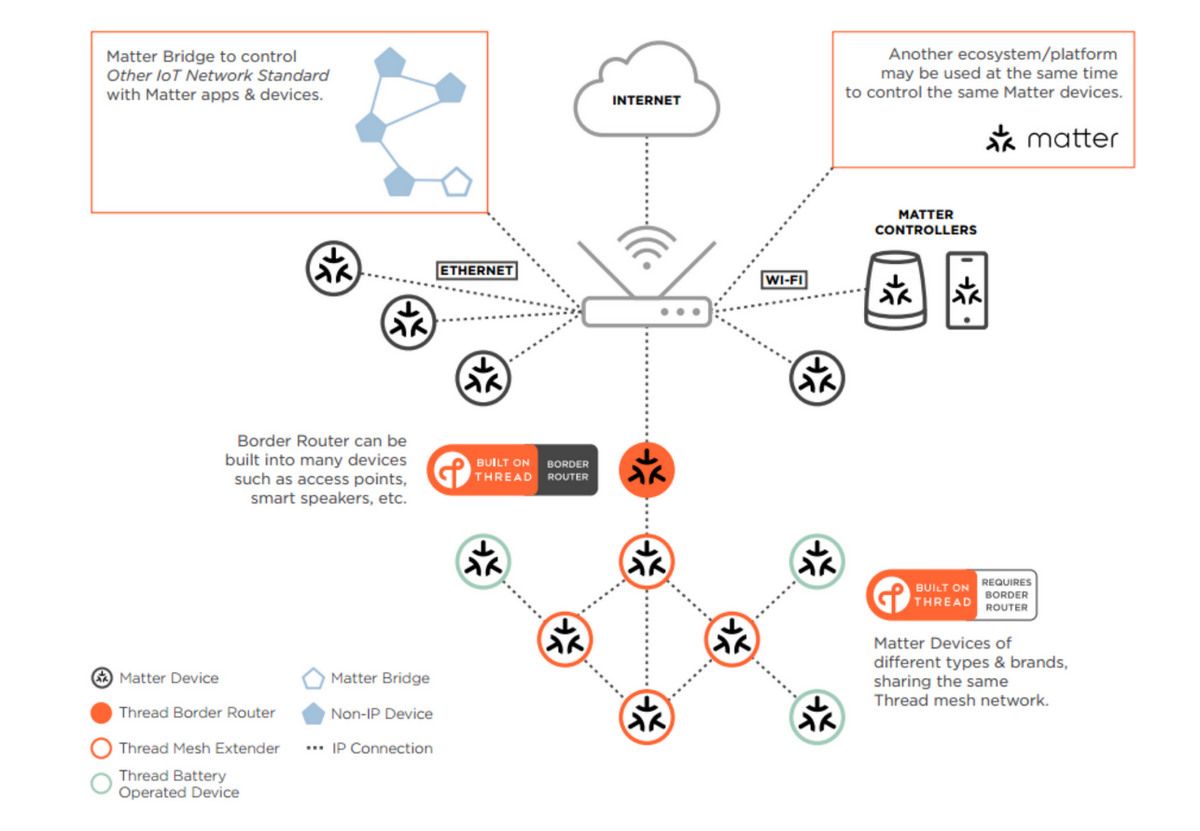Quick Links
With Matter 1.0 officially announced and the certification of products just around the corner, you'll want to learn these terms to understand how your current and future smart home gear fits into the Matter smart home.
Knowing the Lingo Will Help You Plan
One of the promises of Matter is that the smart home will become a more seamless and easy-to-set-up experience. The whole point of Matter is to bring smart home setup and management beyond the realm of hobbyists and home automation geeks---like yours truly---and make it easy enough for anybody to set up, even if they don't want to be an amateur smart home engineer.
So you don't necessarily need to have an advanced knowledge of the inner workings of the Matter to use it. But knowing the different terms for the core components of the Matter smart home ecosystem will help you assess the current layout of your smart home and plan for future upgrades and improvements.
And if you're just getting started building your smart home, now is a perfect time to learn these concepts and have them in mind as you shop for the building blocks of your system.
Speaking of that, do check out Related: Get Ready for Matter With a New Smart Home Display, Speaker, or Router">these Matter update-ready devices to get a jump start on preparing your home for Matter.
The Different Components of Your Matter Smart Home Network
Like every other network in your home, from your Wi-Fi network and your wireless devices to your DVR and its satellite receivers, your Matter smart home is made up of individual components.
Let's take a look at the core device types that make up a Matter smart home. Before we dive in, however, take a moment to study this diagram from the Thread Group.
The diagram does an excellent job cleanly laying out the topography of a smart home running a combination of all of the devices we're about to discuss and is a great visual reference.
Matter Devices
The most fundamental piece of your Matter smart home is all the individual Matter-compatible devices.
A Matter device, also called a Mattery accessory device, is simply any device that has the appropriate hardware and firmware to establish itself as a node in your Matter network.
Simple devices like a Matter-compatible smart plug or a Matter-compatible smart switch are just Matter devices and no more---which is fine because the more advanced functionality is handled by the other devices listed below.
Also, it's worth noting that just because you can control a device using Matter doesn't mean that the device itself is a Matter device. That might sound a bit confusing and counter-intuitive, but thanks to Matter bridge, which we'll talk about in a moment, you can control smart home devices that aren't, themselves individually, Matter compatible.
In short, a Matter device is any piece of hardware that directly communicates with your local Matter network but doesn't, necessarily, do any heavy lifting beyond that.
Matter Controllers
Matter is a local network within your home like Wi-Fi. Matter is an IP-based protocol and Matter devices can connect to each other over Wi-Fi, Ethernet, and Thread.
A Matter controller is a Matter device that has the additional ability to serve as connection between your local network and the greater Internet, allowing for remote access to your Matter devices.
The term "controller" hasn't quite caught on yet, and you'll often hear the term "hub" used to describe devices that can function as Matter controllers simply because of the prominence of the word in the smart home community.
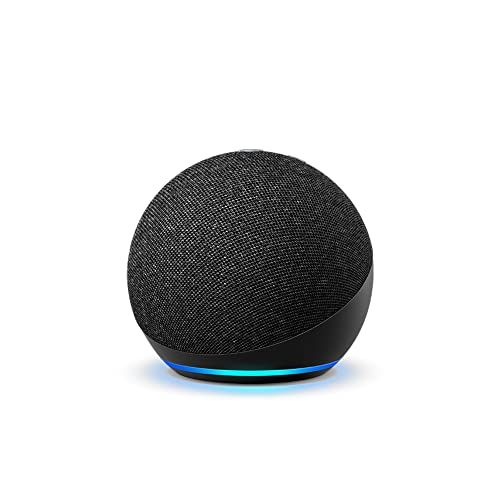
Echo Dot (4th Generation)
The Echo Dot and other Echo smart speakers will receive and update to serve as Matter controllers.
A key detail about Matter controllers is that they can only connect Wi-Fi and Ethernet-based devices to the Internet.
Quite a few devices like smart home speakers and displays from Google and Amazon will receive software updates to enable them to be Matter controllers, as well as some dedicated smart home hubs like SmartThings.
Do note that if a particular device has remote capability independent of Matter (such as a Wi-Fi smart plug with cloud support provided by the manufacturer), you will still be able to control it remotely even without a Matter controller. Matter and whatever first-party functionality provided by the manufacturer exists in parallel.
Matter Bridges
A Matter bridge is a device that connects another smart home ecosystem to your Matter smart home. For example, the Philips Hue Hub, the heart of the Philips Hue smart lighting experience, is slated to receive an update that will make it Matter compatible.
This will make the Hue Hub a Matter bridge that links the extensive array of Hue lights and accessories into the Matter ecosystem.
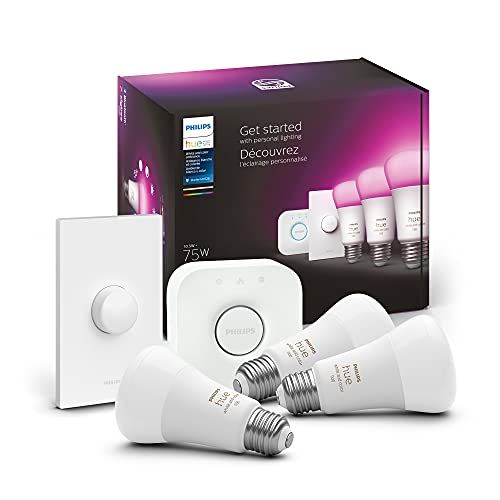
Philips Hue Starter Kit
Individual Hue bulbs aren't Matter compatible, but thanks to the Huge Bridge they will be.
None of the individual lights and accessories on their own will become Matter compatible, but through the bridge, they will happily play along with the rest of your Matter gear.
Bridges will serve a very important role in Matter smart home and its widespread adoption, as they will allow you to bring in any collection of smart home gear under the sun into the Matter ecosystem.
Matter Thread Border Routers
A key component of Matter is Thread, a low-power IP-based communication protocol that uses the same frequency Zigbee smart home devices.
A Thread border router is a Matter device with the appropriate hardware to communicate directly with Thread devices and connect them with the rest of your network.
This allows you to incorporate very low-power Matter-compatible devices into your Matter smart homes like door sensors, motion detectors, and other devices that can run off a couple of coin cell batteries for years at a time.
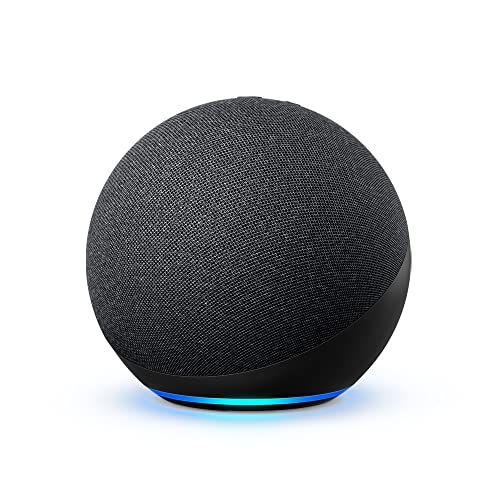
Amazon Echo (4th generation)
The newest Echo is not just a Matter controller, but a Thread border router too.
While manufacturers can update many smart home devices to serve as Matter controllers, it's a bit trickier to update a device to serve as a Matter Thread border router because the device in question must have a specific radio chipset that is compatible with Thread.
Because of that, the only devices on the market that are Thread border router candidates are those that already had a compatible chipset for Zigbee smart home hub functionality previously or that were manufactured with the appropriate hardware in anticipation of Matter. As of October 2022, these are the devices on the market that are ready for an update to become Matter Thread border routers.
Many devices that are Matter Thread border routers are also referred to as "Matter hubs" because, more so even than Matter controllers, they often fulfill the functions we normally think of when we think of smart hubs like linking multiple networks together, controlling devices, and in the case of products like the Google Nest Hub, even offering an on-device interface to control the smart home.
With a little terminology under your belt and a better understanding of how all your current smart home gear (and future purchases) will play together, you can ensure you're ready for Matter with all the right pieces in place.

